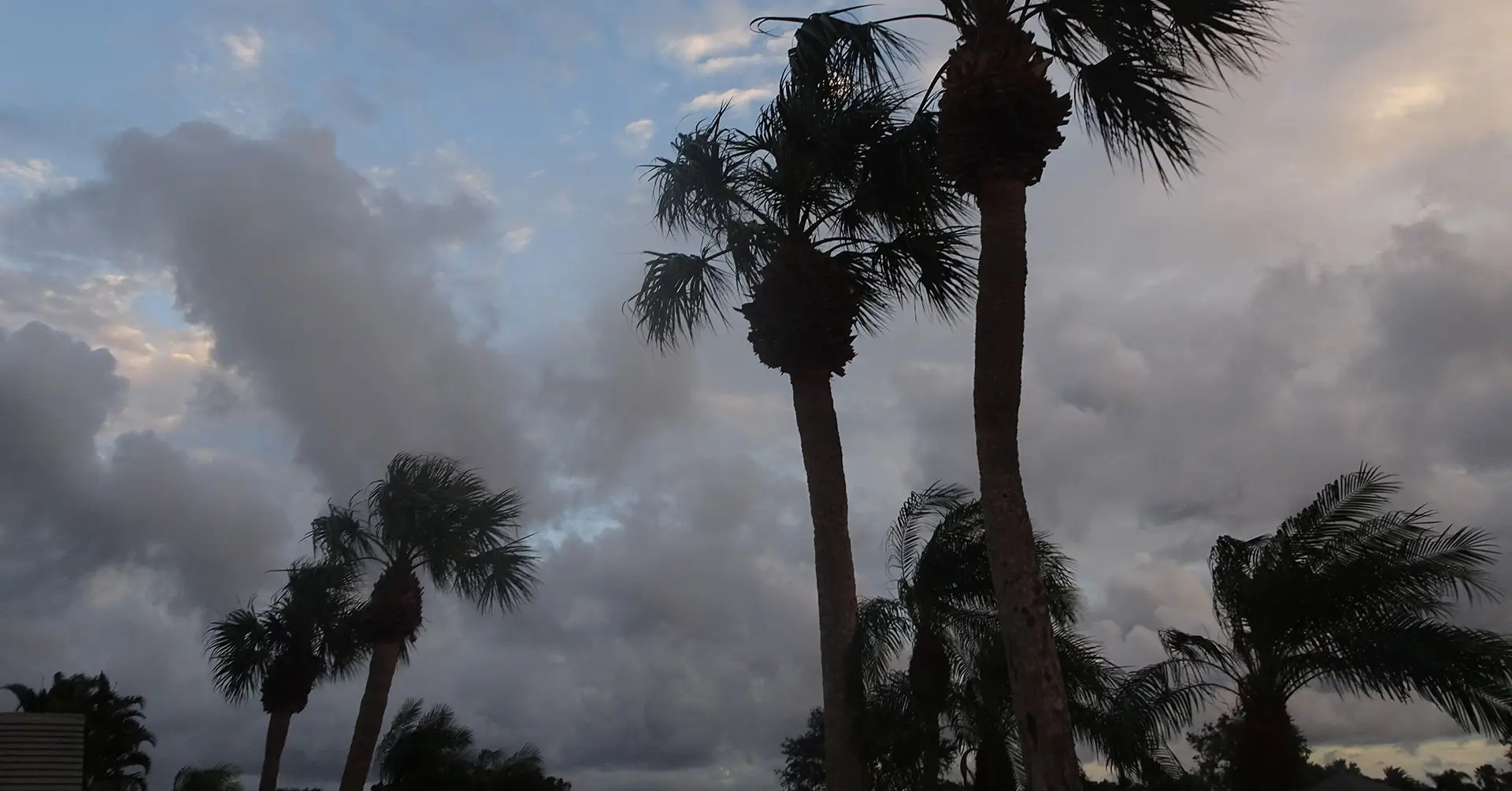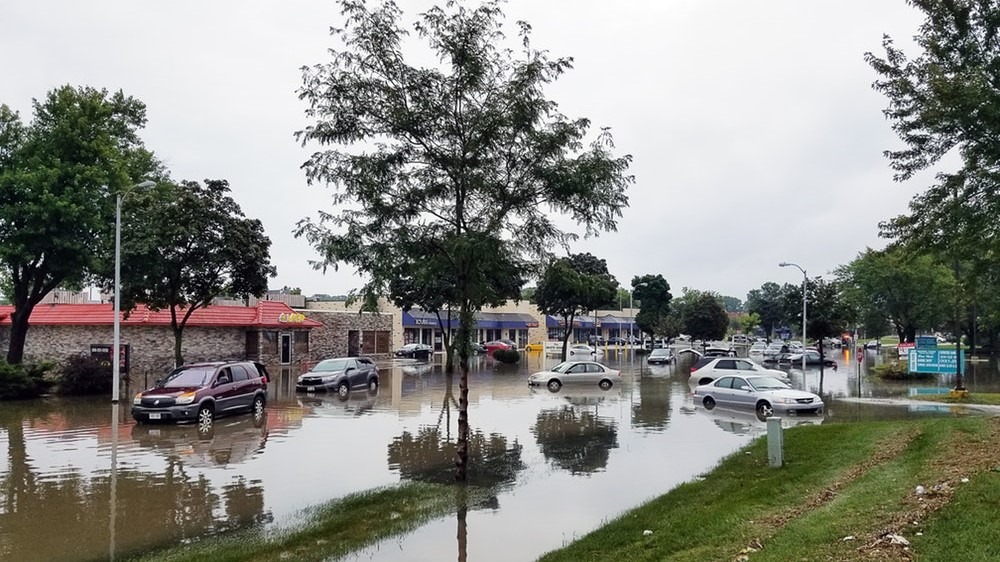
Hurricane Preparation [Webinar Recap]
Gain useful insight on communication best practices that can be utilized as we approach hurricane season in order to ensure employee safety. Check out our recap of our hurricane preparation webinar.

In mid-May, AlertMedia hosted a webinar on preparing for hurricane season during a pandemic and the importance of employee communication. The conversation was led by Paul Yura, a Warning Coordination Meteorologist from the National Weather Service, and Peter Steinfeld, AlertMedia’s VP of Sales.
Paul and Peter provided useful insight on communication best practices that can be utilized as we approach hurricane season in order to ensure employee safety and improve business preparation. If you missed the webinar, you can access the recording here.
Peter and Paul kicked off the conversation by covering various challenges brought about by this year’s hurricane season. The overarching theme of this discussion was the unprecedented nature of the 2020 season. An above-average forecast combined with the COVID-19 pandemic make for a hurricane season that requires unique preparation.

Key Hurricane Preparation Tips Discussed:
Paul and Peter discussed some key considerations for hurricane preparation this year:
Unique challenges in 2020
The pandemic is changing the way this year’s hurricane season will go. Some of the biggest changes brought on by the pandemic include:
- Sheltering during a pandemic
- Higher percentage of remote workforce
- Increased risk of transmission
- Overwhelmed response systems
On top of those changes, forecasters are calling for an above-average hurricane season this year, which means we may be in store for some especially devastating storms.
Finding the right communication technology
Some of the most important features to consider when selecting an emergency communication system include:
- Local threat monitoring that provides updates about areas experiencing flooding, high wind speeds, and infrastructure damage
- A system that will ensure admins can access the device anytime, anywhere
- Enterprise-level security to protect the privacy of users
- Two-way messaging to engage your audience and provide real-time communication reporting
Multi-channel communication:
During emergencies such as a hurricane, you can’t rely on just one channel to get your message out. Multi-channel notifications are efficient and ensure that urgent messages are received—especially when you are communicating with a remote workforce. Text, email, voice call, mobile push app, and event pages are all channels that can and should be used.
Communication through each phase of the storm:
Finally, hurricane communications should be made throughout every phase of the storm, from the first sign the storm is approaching until the situation is “all clear.” In this portion of the webinar, Paul and Peter discussed the three “phases” of a hurricane and what type of communication is expected during each.

![11 Steps to Creating an Effective Emergency Response Plan [+ Template]](https://www.alertmedia.com/wp-content/uploads/2023/10/Blog-Emergency-Response-Plan.webp)


